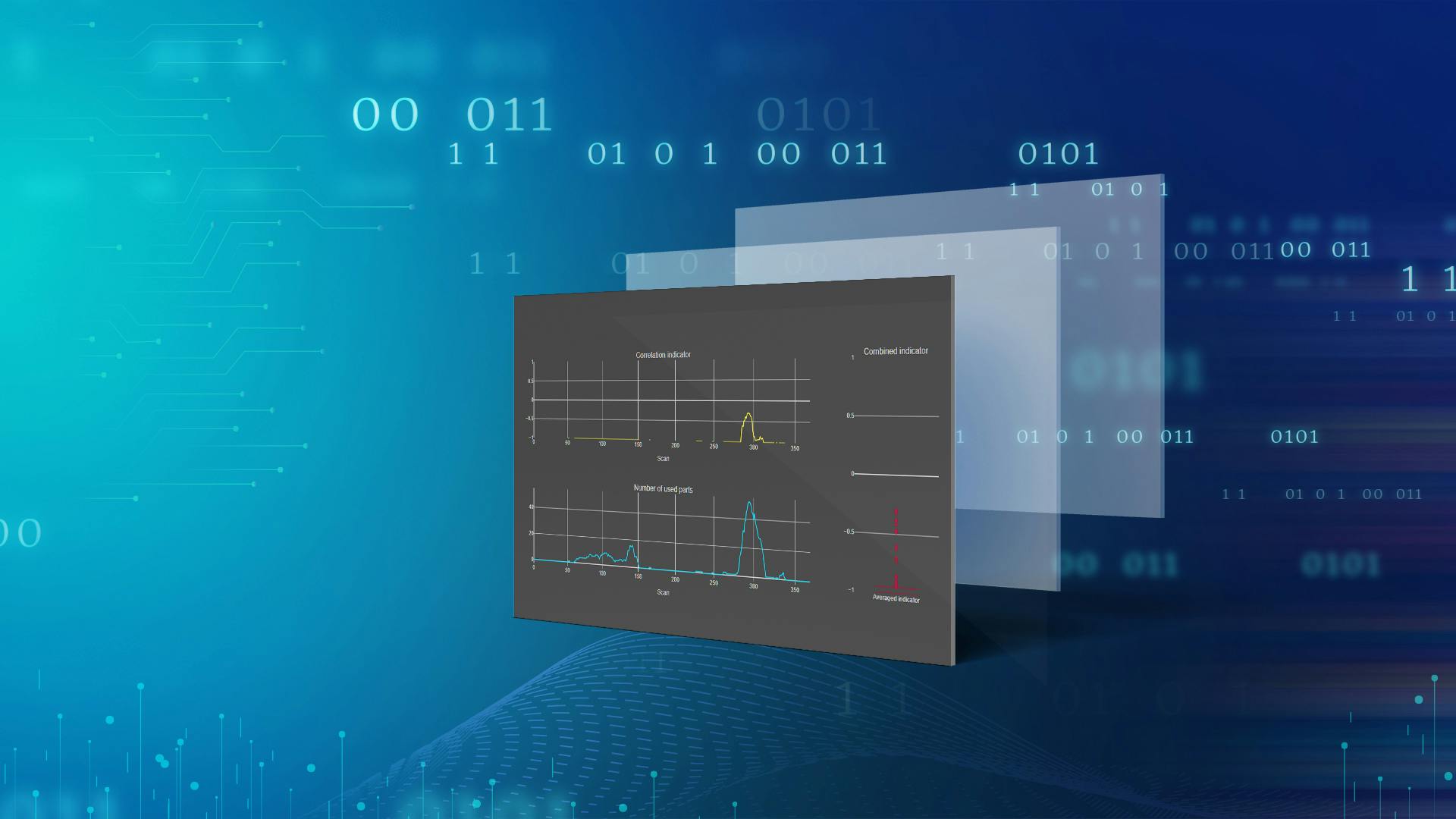Automotive EU research project metaFacturing: Destructive testing in metal manufacturing to become obsolete
Reducing the use of materials in testing by 20 percent: this is one of the goals of the EU-funded metaFacturing research project. For this purpose, a framework is to be developed that will enable the use of digital twins in mass metal production. This could eliminate the need for expensive, destructive testing. The Wiesbaden-based company VITRONIC is one of six partners involved in the three-year project.
High resource consumption in destructive materials testing
Destructive materials testing is a necessary evil in metal production. It involves cutting up welded components, for example, and inspecting them to examine the quality inside. This process is not ideal in two respects: First, it is expensive. The inspection takes a long time, it binds personnel and machines. The inspected component is scrap. The unnecessary material consumption is bad for costs and for sustainability.
Second, destructive materials testing generates relatively little data. Because of the high cost, only random samples are tested. Months pass before enough tests are performed to identify patterns. In addition, the workpieces are only examined at the cutting points. How things look in other areas remains unknown.
For these reasons, the metals industry is exploring ways to reduce destructive materials testing or even eliminate it completely. This could significantly reduce resource consumption as well as manufacturing costs. The result would be more sustainable, robust and competitive production processes.
Working more efficiently through processes based on digital twins
This challenge is to be mastered through digitalization and the use of data; this is the idea behind the EU-funded metaFacturing research project. VITRONIC is one of the project partners, led by Dr. Peter Daniel. The Wiesbaden-based company is contributing its expertise in the field of automated visual quality inspection.
In concrete terms, the vision is to be able to map the entire process chain based on digital twins. To do this, in simple terms, a digital copy of a physical production line is created and fed with the real process parameters and measurement data. The workpieces "produced" in the simulation correspond one hundred percent to their physical counterparts - like identical twins.
To examine the quality of a physical workpiece, it is therefore sufficient to evaluate the data of its digital twin. Production defects can already be identified in it. It is no longer necessary to destroy a workpiece for inspection. Manufacturers save massive amounts of money and materials. Another advantage: Instead of infrequent random samples, each individual workpiece is digitally inspected and evaluated. After just a few hours, more data is available than might otherwise be available in a year. Defects can be detected much earlier and processes optimized.
Today, this is still theory: Due to the huge number of parameters and influencing factors, the development of digital twins for metal production is extremely complex. In the research project, a framework is to be developed on the basis of various technologies. This, in turn, should enable manufacturers to develop economical solutions for their mass production.
Brief information on the metaFacturing project
Six market leaders from five European countries are working together in metaFacturing. (The full project name is "Data and Metadata for Advanced Digitalization of Manufacturing Industrial Lines.") The research project is co-funded by the EU and will last for three years. Launched in February 2023, the goals are to reduce the use of materials in testing by 20 percent and to increase the recycling rate of materials by more than 20 percent.
By the end of the project, the Digital Twin Framework should already be in productive use: in at least two large production plants in the EU as well as at at least five SME-sized suppliers and service providers. metaFacturing is intended to contribute to strengthening the market leadership of EU industry in terms of sustainability. In addition, the general goals of the EU for sustainability and climate protection are to be supported.
For more information and news on the progress of the project, please visit the official website https://metafacturing.eu.
About VITRONIC
VITRONIC is the world's leading innovation driver for machine vision, enabling its customers to master the challenges of tomorrow.
The global group of companies develops forward-looking solutions in the form of specialized products and software for image-based quality inspection, identification and process optimization, which find application in the growth sectors of automation and traffic engineering.
VITRONIC solutions make an important contribution to helping shape a safe and sustainable world. The existing limits of what is economically feasible are constantly being questioned in order to achieve the highest quality and productivity, for example in the production of automotive and pharmaceutical companies. Worldwide, Auto-ID solutions in logistics centers and at cargo airports, take over the reliable and efficient recording of shipments and thus ensure a transparent flow of goods.
In the transport sector, VITRONIC offers leading technology for increased safety on the roads, for optimizing traffic flow and for recording road usage.
Open and honest dealings with our customers form the foundation for jointly exploiting technological and process potential to the full. Joint success forms the basis of long-term cooperation with companies such as B. Braun, BMW, Daimler, DHL, UPS, Fresenius and Sanofi as well as with public clients.
Since its foundation in 1984, VITRONIC has been growing continuously for 40 years. The current annual turnover (2023) is above 240 million EUR and the company is currently represented on five continents in over 80 countries with approximately 1,400 employees. Since 2024 the company is part of ITIS Holding, leveraging the strengths of both entities, creating a strong end-to-end ITS and automation provider.
Development and production of VITRONIC systems are located at the company headquarters in Wiesbaden. VITRONIC subsidiaries span across all continents, including North and South America, Europe, Asia, Africa, and Oceania. Additionally, a global network of sales and service partners ensures localized support for international customers.

